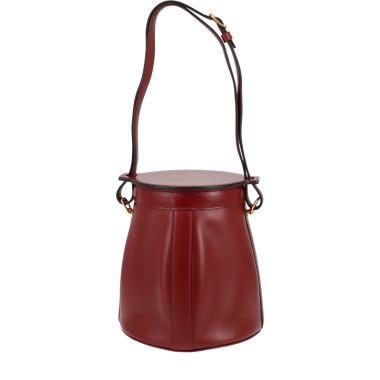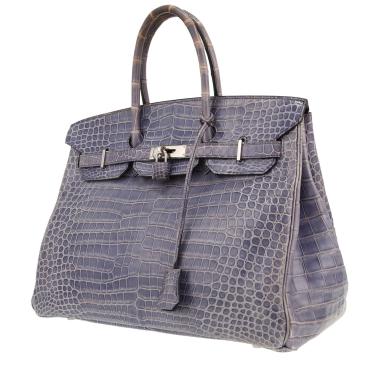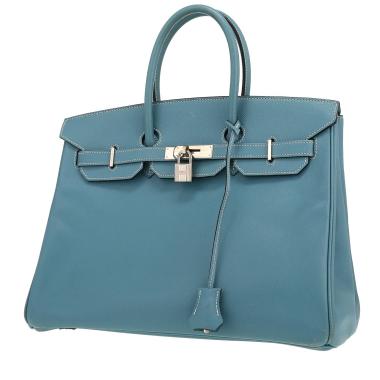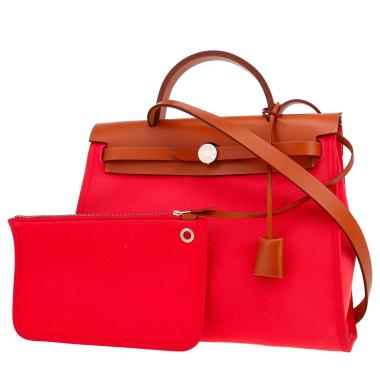The history of Hermès bags
Hermès was founded in Paris in 1837 by Thierry Hermès and made saddles and harnesses. A majority shareholding of the company stil
Hermès bags
Hermès was founded in Paris in 1837 by Thierry Hermès and made saddles and harnesses. A majority shareholding of the company still belongs to descendents of the founder.
In 1878 Thierry’s son, Emile-Charles, decided to move the company to a more chic area of Paris, i.e. 24 Faubourg Saint-Honoré, where Hermès is still located and which has itself become a symbol of authentic luxury craftsmanship and durability. When he moved to his new premises, Emile-Charles successfully decided to work with private customers. In 1890, his sons Adolphe and Emile-Maurice took over the company and renamed it Hermès Frères with clients that included some of the wealthiest stables in the world and the most prestigious European courts, including that of Tsar Nicholas II. In the early part of the twentieth century, with the rise of the motor vehicle, the two brothers foresaw the huge effect that cars would have on society and habits and diversified their production accordingly. They launched the first saddle-stitched leather goods, thus transferring their craftsmanship from one sector to another.
In the twenties, Emile-Maurice Hermès, remained as sole proprietor and began to produce gloves, timepieces, jewellery, items for interior decoration and even men’s and women’s clothing from 1925. The clothing range included suede golf jackets whose success was linked to their zip fasteners, which were revolutionary at the time and to which Emile-Maurice Hermès had acquired exclusive rights from the inventor. He met Ettore Bugatti, the car manufacturer, who had just designed a new sports car model, the Torpedo. Bugatti asked him to design a leather bag that would fit into the car’s door. This made-to-measure design was named the Torpedo.
The Hermès company preserved its master craftsmanship and savoir-faire whilst keeping abreast of current trends and the changes in lifestyle of wealthy people who travelled, enjoyed sport, were keen to discover the world and enjoy more leisure time. In 1926 Lola Prusac became a designer at Hermès and produced ski clothes, swimming costumes and a line of handbags, luggage and scarves.
The thirties saw the launch of Hermès great classics. The first silk squares, those mythical silk twill scarves that measured 90 x 90 square centimetres, were the idea of Robert Dumas and were designed in 1937. The Hermès bag carried by Grace Kelly in 1956 became the company’s first truly iconic design from their leather goods collection.
In 1951, Robert Dumas and Jean Guerrand took over control of the company. They opened new shops and launched the first Hermès perfumes. From 1967 there was a succession of different designers who developed the now famous Hermès company’s ready-to-wear collections.
In the seventies the Hermès group, which was under the stewardship of Jean-Louis Dumas from 1978, became the jewel in the crown of French luxury. The group bought John Lobb France, the boot makers and Motsch, the milliners in 1992, Puiforcat, the tableware company, in 1993 and became the majority shareholder in Cristalleries Saint-Louis. In 2006, Patrick Thomas took over from Jean-Louis Dumas. In 2008, the Hermès Foundation, led by Pierre-Alexis Dumas, was opened in the 8th arrondissement of Paris, to promote craftsmanship, support creativity, improve access to education and training as well preserve biodiversity. Since 2010, Hermès created a holding named H51, made up of the main shareholding heirs, to protect the company from exterior acquisition, because the group wishes to remain a family concern.
































